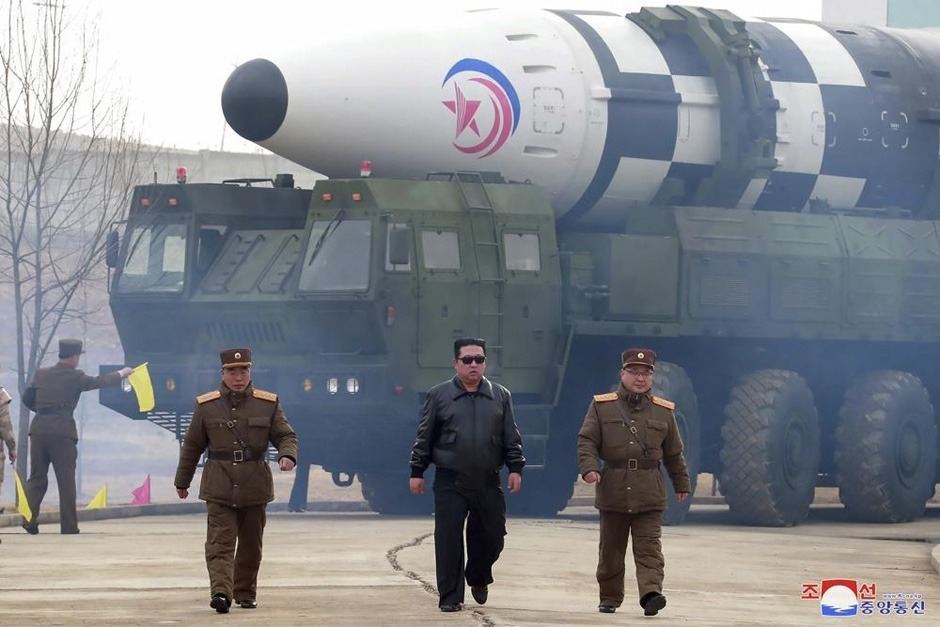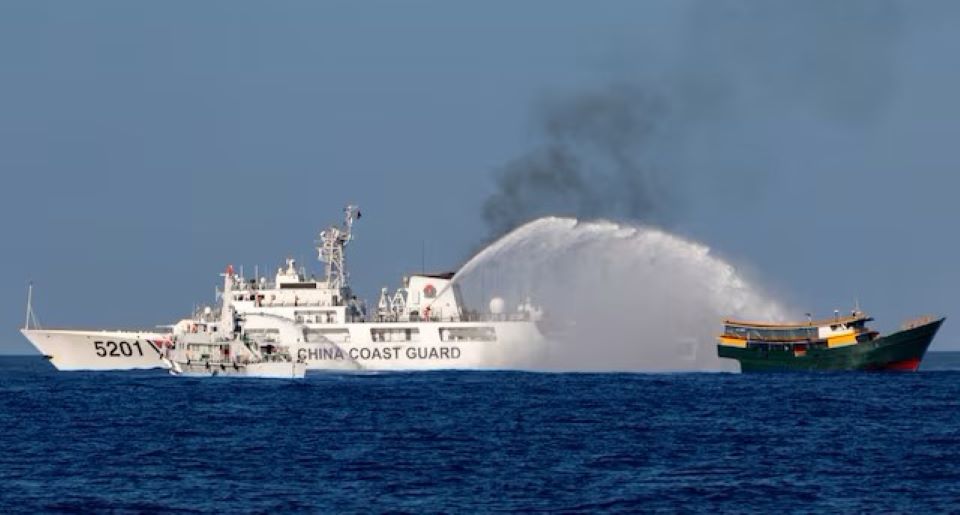
North Korea’s leader, Kim Jong Un, has called for a significant expansion in nuclear armament production during a parliamentary session in Pyongyang. He also wants his nation to play a more prominent role in a coalition challenging the US in a “new Cold War.” The South Korean Ministry of Defence suggests North Korea may be considering tactical and strategic provocations, including a nuclear test, to divert attention from the ongoing food scarcity crisis. Despite severe food shortages, human rights violations, economic challenges, and international sanctions, North Korea’s spy networks and continuous development of nuclear weaponry present an intricate conundrum.
The country’s ability to maintain and advance its nuclear armament capabilities is a testament to its deceptive strategies. The complexities of nuclear armament strategy are analyzed using political science professor Vipin Narang’s classification of four strategies: hedging, sprinting, hiding, and sheltered pursuit. This analysis provides valuable insights into the dynamics surrounding Pyongyang’s nuclear program within international relations.
Narang’s categorization of nuclear weapon strategies consists of ‘hedging’,’sprinting’, ‘hiding’, and’shedered pursuit’. Hedging involves a state developing nuclear weapon capabilities but delaying production to respond to evolving security conditions. Sprinting involves the rapid development of nuclear capabilities in response to security threats, as seen in Pakistan’s 1980s sprint to acquire nuclear weapons. Hiding involves secretly developing or concealing nuclear weapons to evade international scrutiny, sanctions, or pre-emptive action by other nations. Sheltered pursuit relies on a state’s ally’s nuclear protection to deter adversaries without developing its own nuclear weapons.
Narang’s analysis primarily focuses on the strategies nations employ to acquire nuclear weapons, leaving North Korea’s nuclear strategy partially unexplained. Deception serves as a potent and influential means to achieve national goals and strategies by manipulating perceptions and surprising rivals. North Korea’s ultimate goal of forcibly unifying with South Korea through nuclear means led to deception during the nuclear development phase. North Korea used various tactics to create the impression that it might relinquish its nuclear programme if the US abandoned its hostile policies, aiming to buy time to continue weapon development. North Korea also masked its true intentions by claiming interest in peaceful nuclear energy usage while evading efforts to generate electricity from the nuclear reactor.
North Korea’s nuclear strategy has evolved through deceptive tactics and strategic manoeuvres, with the primary objective of extending the time for nuclear weapons production and missile capabilities to dissuade the US from considering military actions. By achieving the capability to conduct a retaliatory nuclear strike on one or more US cities, North Korea sought to render itself immune to potential attacks. Pyongyang utilized diverse nuclear strategies at different junctures to achieve its goals.
In its early nuclear programme stages, North Korea employed a “hiding strategy,” concealing its efforts from the international community. Deceptive agreements, such as the 1994 “Agreed Framework,” allowed North Korea to secretly advance its nuclear programme, culminating in the development of nuclear weapons by 2013. China played a crucial role in this strategic evolution by providing a lifeline for North Korea’s nuclear ambitions. North Korea shifted to a “sprinting strategy” by engaging in deceptive denuclearization talks with the US, diverting attention and indicating a willingness to denuclearise while bolstering its nuclear capabilities. These diverse strategies contributed to North Korea’s advancement toward its nuclear objectives, making it an outlier in Narang’s theoretical framework.
Pyongyang’s nuclear pursuits have exacerbated tensions, defying intelligence agencies, and challenged non-proliferation norms, making the Korean Peninsula volatile and destabilizing Northeast Asia. The tension between Pyongyang and Washington has exacerbated the international threat. To address nuclear proliferation challenges, Washington and allies should consider exploring nuclear sharing arrangements similar to those seen in Europe but in Northeast Asia. Further measures could involve the establishment of a nuclear planning group specific to the region.
Beijing’s support has been crucial in Pyongyang’s nuclear ambitions, and South Korea should consider incremental approaches to pressure China and Russia to denuclearize North Korea. Both nations are averse to a new nuclear-sharing system in Northeast Asia. South Korea should establish itself as a reliable partner by engaging with other Indo-Pacific countries through multilateral and bilateral agreements. Participating in the Quad could expand defense capabilities and strengthen intelligence cooperation with NATO and the US. These efforts could contribute to regional stability and potentially facilitate denuclearization talks with North Korea. Despite potential failure, these initiatives will provide security and neutralize the Korean Peninsula threat.






